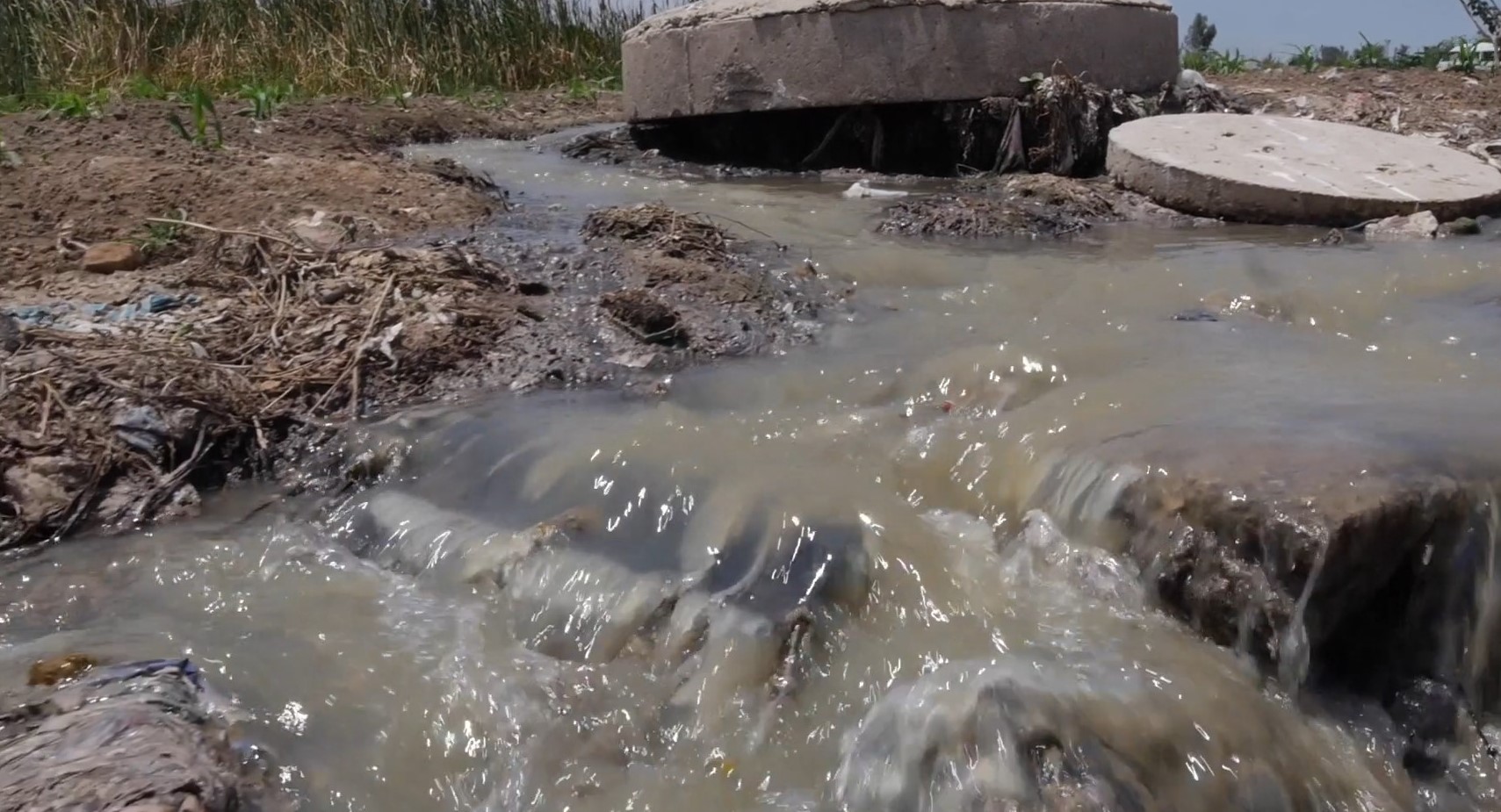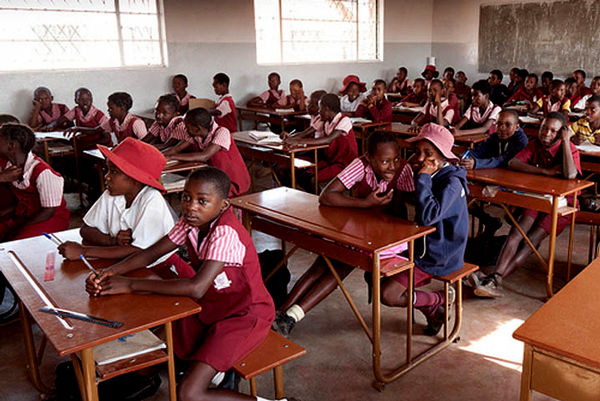
BY PRESTIGE MUNTANGA
SOME Bulawayo residents remember with nostalgia the good old days during the Ian Smith era where seeing raw sewer flowing into residential homes was rare.
“During the Smith regime people would never see raw sewer flowing in the city centre. Now everywhere there is sewer,” Luveve resident Ruth Ndlovu said.
“Seeing raw sewer has become normal for residents these days.
“It is time that the council finds a long lasting solution for this issue because it is endangering people’s lives as there is a possibility of disease outbreaks.”
In a number of Bulawayo suburbs like Mabuthweni, Cowdray Park and Mzilikazi, raw sewer is often found flowing into people’s residential homes.
The worst affected suburb is Makokoba where unattended burst sewer pipes have become a perennial problem.
For Nomalanga Zimvu, a Makokoba resident, her family has to step on a thin plank perched precariously over a trench that prevents sewage from flowing into her house.
- Chamisa under fire over US$120K donation
- Mavhunga puts DeMbare into Chibuku quarterfinals
- Pension funds bet on Cabora Bassa oilfields
- Councils defy govt fire tender directive
Keep Reading
Zimvu has endured this arrangement to access her home in Bulawayo’s oldest suburb for the past seven years.
“We have been jumping the raw sewage in our doorsteps for many years; it’s been close to seven years now since we have been facing this challenge,” Zimvu said.
“The most surprising thing is that we pay water bills that also include sewer fees every month so that they can render us better service.”
The unsanitary conditions have left residents fearful of a fresh outbreak of diarrhoeal diseases.
In 2020, a killer diarrhoea outbreak claimed 13 lives in Luveve and left thousands of others sick.
The outbreak was blamed on contamination of potable water due to pipe bursts, resulting in mud and sewer seepage on the water reticulation infrastructure.
Residents said the Bulawayo City Council must admit failure following the increase in sewer pipe bursts and ever flowing raw sewage in parts of various suburbs.
Zimvu added: “When people living upstairs flush their toilets, the pipes discharge in front of our doorsteps.
“At times, we wake up with choking raw sewer smell as a result.
“Even if we report to the city council, they don’t take any action.
“The council is as good as dead to Bulawayo residents.”
Council spokesperson Nesisa Mpofu apologised for the unsanitary conditions before accusing residents of vandalising city sewerage pipes and contributing to the crisis.
“The council is working hard together with contractors to fix all the burst sewer lines around the city.
“These sewer pipe lines burst due to old infrastructure, and people vandaliszing and stealing the property,” Mpofu said.
“Some residents throw stones and other things that break the sewer system so that it breaks and use the water to water their gardens.
“The council wishes to apologise to its respective stakeholders for what is happening.”
Early this year, council said the upgrade of the city’s sewer and water reticulation upgrade infrastructure was slowed down by under-funding while revealing that as much as US$500 million is required over a 20 year period for the exercise.
“It should also be noted that the Water and Wastewater Master Plan done in the year 2012 highlighted that the City of Bulawayo required a replacement of 46.2km of existing reticulation mains ranging from 50mm to 300mm nominal diameter pipes due to frequent bursts, and collapse of infrastructure,” council said.
“A total budget of US$522 million is required over a 20 year period.
“All the estimated costs were based on the 2012 rates and were inclusive of construction costs, engineering fees and disbursements, with a 15% contingency allowance.”











